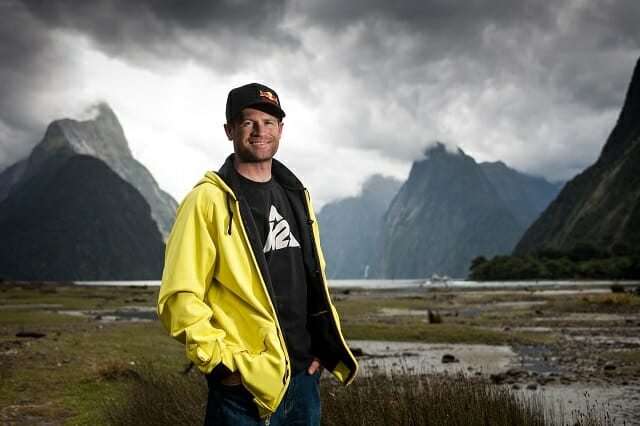Gone too soon: learning from the mountain legends
Mountain communities the world over share a common culture. They’re inhabited people who feel a connection to Nature’s highest stepping stones, the jagged, pre-historic geological formations offering daily excitement of climbing, descending and for some, even flying. These are the places from where mountain legends emerge.

But what unites these communities with a stronger bond than any other is the acceptance of death. American ski mountaineer Bill Briggs has said “without risk, there is no reward,” a statement that many mountain people live by on a daily basis. While it’s easy to dismiss many accidents as dare devil antics gone wrong, many perish because of the simple environmental factors that are out of human control. An example was the 2014 avalanche on Mt. Everest’s Khumbu Icefall that killed 16 Nepalese guides, a tragedy that many attribute to climate change and subtle warming of the Himalayas. Tragedy returned to Nepal in April this year in the form of the worst earthquake in the country’s history with more than 9,000 people dead. Of those earthquake victims in 2015, 19 died while trying to climb Mt Everest.
While hearing of another death in the mountains is an unfortunate annual cycle, every time the news circulates on social media about another fallen comrade, we all feel it. Whether it was one of freeskiing’s most influential figures or a beloved community member who loved to base jump or para-glide, news of death affects everyone in the mountains. Some will mourn the deaths of their friends by taking a break from the adrenaline, others will honour them by carrying out the same activity. Hearing of another death won’t stop people from taking risks, for some it simply strengthens their resolve to live every day as if it were their last.
There are dozens of mountain legends that have perished in the last decade, but there are two that stand out for me personally.
Doug Coombs inspired a whole generation of freeride skiers when straight skis and one-piece suits were still the rage, pioneered heli skiing in Alaska’s Chugach Range and led first descents of peaks all over the world. He died trying to save a friend in exposed terrain while skiing in La Grave, France in 2006.
Shane McConkey was not only one of the best skiers of his age, but the constant push to further what humans were capable of on skis – along with his indelible sense of humour and on-hill antics – cemented him as freeskiing’s revered hero. He died attempting a ski-BASE-winguit jump in the Italian Dolomite mountains in 2009.
Next month is the one-year anniversary of the death of JP Auclair and Andreas Fransson, two revered individuals that left a void in the international ski community with their passing. While we continue to be inspired by these legends of the mountains, it’s important for the rest of us to do our best minimize the risk. The loved ones around us would agree with that.


